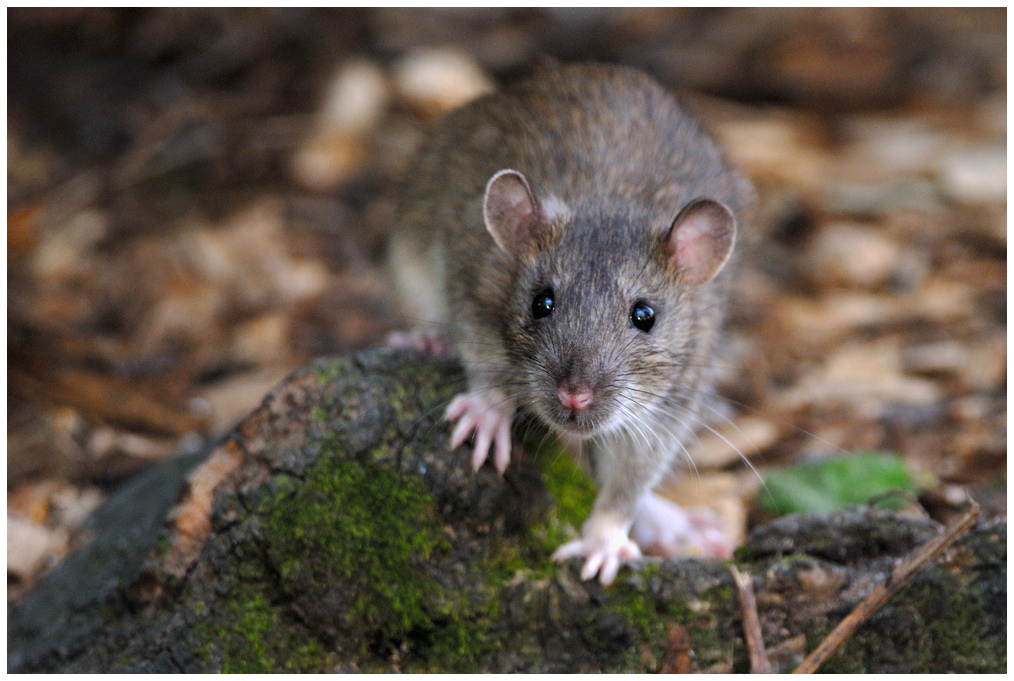Rattus norvegicus: Brown Rat History

Rattus norvegicus: Brown Rat History
 Rats have been kept as pets since the 18th century, when they were originally bred for bloodsport. These rats were domesticated and eventually, the tamest wriggled their way into the hearts of their keepers and caretakers. Thus, the pet fancy rat was born! Rattus norvegicus is the scientific, latin name for the most common species of pet rat, and is better known as the Brown Rat.
Rats have been kept as pets since the 18th century, when they were originally bred for bloodsport. These rats were domesticated and eventually, the tamest wriggled their way into the hearts of their keepers and caretakers. Thus, the pet fancy rat was born! Rattus norvegicus is the scientific, latin name for the most common species of pet rat, and is better known as the Brown Rat.
Why Did Rattus norvegicus Become the Optimum Tamed Rat in Europe?

Jack Black is known as the founding father to pet fancy rats. While he may not have been the first to tame rats, he made a huge impact as a breeder of uniquely colored pet rats.
The brown rat is the species of rat that was the most common European pest in the 1700’s and 1800’s. Rat catchers would catch the rats in traps, then either kill them to lower their populations or they would eventually sell them for baiting. Back then, people did not bring pit bull terriers into the ring to fight with one another; instead, they placed the dog into a ring with several rats. The crowd would place bets on how long it would take for the dog to end their lives. As depressing as this is, this is how rats made their debut as the amazing pets that they are; this is an important part of history for them. Since humans were working in such close quarters to them, they began to tame and breed them for this purpose.
How Did Rats Become Pets in the 1700’s?
It is not unlikely that as the sport carried on, catchers and baiters both would keep odd or rare colored rats. They would then either keep them and breed them, or sell them as pets.
Jack Black and Jimmy Shaw: Founding Fathers of the Modern Day Fancy Rat
Jack Black and Jimmy Shaw are considered the fathers of the “Fancy Rat”. Jack would take responsibility for taming all of the gorgeous colors; while he and his partner continued to develop many of the colors that we find today.
Rats Living in Luxury in Victorian England
Believe it or not, rats were paraded around during the darkest days in their history more than they are now. As these unique, gorgeous, rare colored rats made their appearances, they were sold for top dollar to some of the most elite women in Victorian England. They would be adorned with ribbons, placed on a monkey’s leash, and would rest in the lady’s lap.

Leadenhall Street in Victorian England, a time of peace and prosperity where rats exploded in popularity as pets.
Mary Douglas: Breaking the Norm at the National Mouse Club during the Aylesbury Town Show
Mary Douglas, a lady who was very smitten with her pet rats, decided that she would attempt to bring her rats to the National Mouse Club in Aylesbury on October 24th, 1901. There, her black and white hooded rat won Best in Show!
The 1900’s Era: Mary Douglas Causes a Viral Rat Sensation in England & Europe
After her rat won best in show, she spurred an interest in hundreds of people. As interest spread, more and more people became the lucky owners of one of the best pets in the world: the fancy rat. She continued to spread awareness of this idealistic pet throughout the country until her death in 1921. After that, rat keeping started to fall aside. Fewer and fewer people were keeping them as pets.
When Did the National Mouse and Rat Club Drop “Rat” from Its Name?
After Mary won best in show, the National Mouse Club added the fancy rat to its name due to the sudden popularity that this incredible creature gained. However, they then removed it shortly after her death as the rat was in decline as a pet. This occurred around 1931.